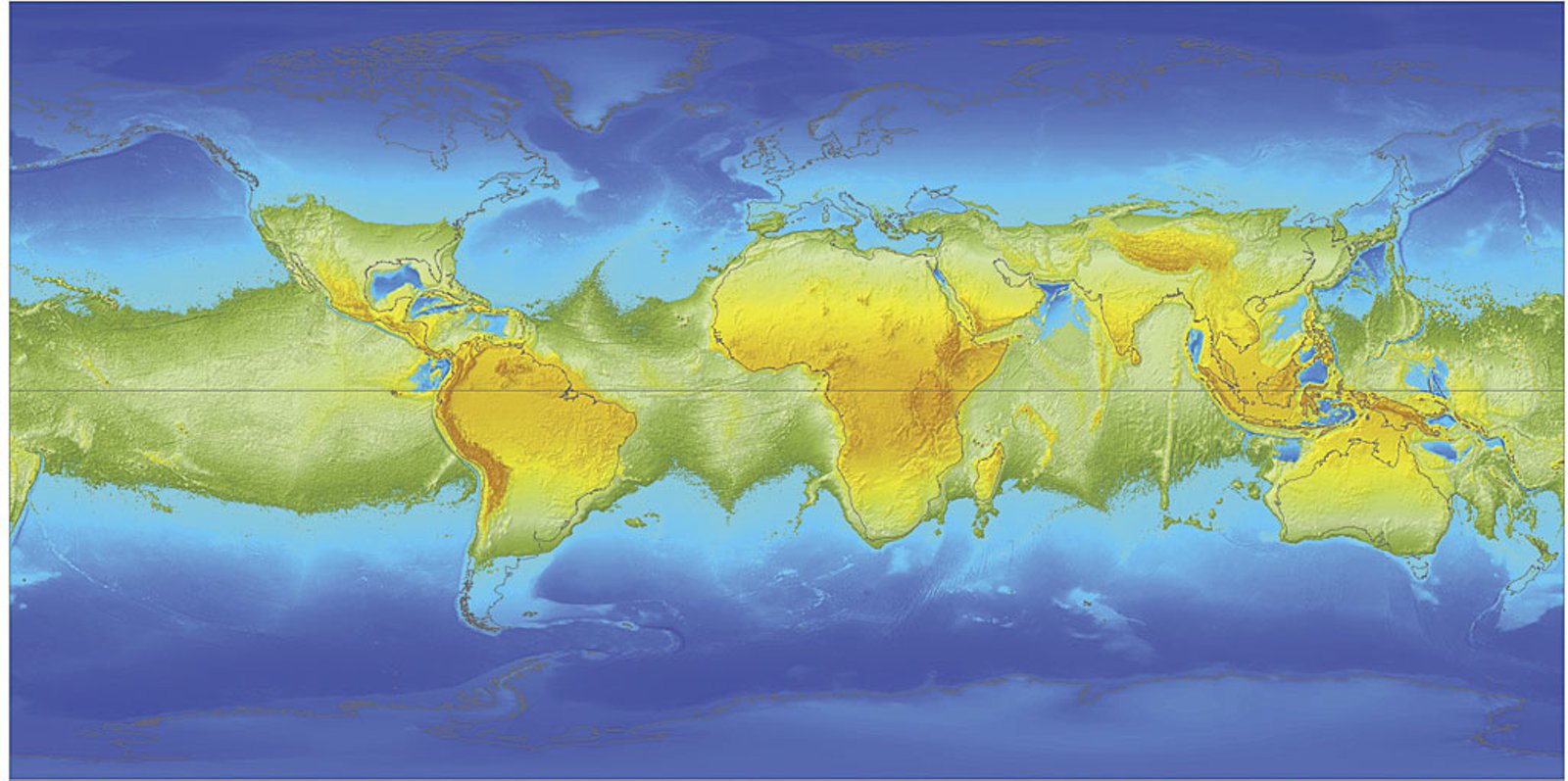Applied Statistics - Project 1
Project description:It is the year 1679, and Hooke is (following a suggestion from Newton) trying to prove the rotation of Earth by the Coriolis force on falling bodies. Your team has an other (better?) idea, namely to measure the gravitational pull on Earth at different latitudes.
However, to obtain the necessary funding to travel south and repeat a measurement of g near equator, you have to prove that you can do it with the necessary precision. The size of the effect is somewhere around 0.5%, and you want to prove the difference with 5 sigma certainty.
Your mission - and you have little choice, but to accept it - is to take up the challenge of making these measurements and proving that at least one of your two experimental setups has the required/desired precision...


Experiments:
Suggestions for initial macros:
The following two macros are suggestions for a place to start data analysis. They run on the datasets provided, which should look a bit what you have!
For the pendulum experiment, I suggest copying this analysis macro, and "empty" it.
Writing up results:
The project should be written in Physical Review Letter style (or something close to it, if you don't like Latex) thus not more than 3-4 pages! You do not need to describe the experiments themselves (assume the reader is a fellow student, who has also done the experiments), but of course all measurements, details and results should be described, such that the reader can follow (i.e. calculate themselves) your results fully and reproduce what you have done.
Below you can find the files needed (works with pdftex as well, except for the figures, which needs to be converted into .pdf or .png):
For each of the two results, I would like to see a table with the errors from each of the variables listed. So for each variable used in determining g, list their value, their uncertainty, and their impact on g (i.e. if they were the only uncertainty on g, how large would it then be), so that one can compare source of error. An example in LaTeX can be found here:
Example table of listing uncertainties for pendulum experiment.
Notes:
For measuring time to 1/100 of a second with lap time and the option of Emailing the list of times measured, the following applications might be useful: iPhone: Stopwatch, Android: UltraChron
In the resulting data files you may want to add an end-of-line code. The following script does that: regexp.py.
However, only use it in a directory which contains ONLY data files, as it changes ALL files!
Comments:
Enjoy, have fun, and throw yourself boldly at the data.
Last updated: 18th of September 2013.